Sept inflation tipped to hit 7-mo high
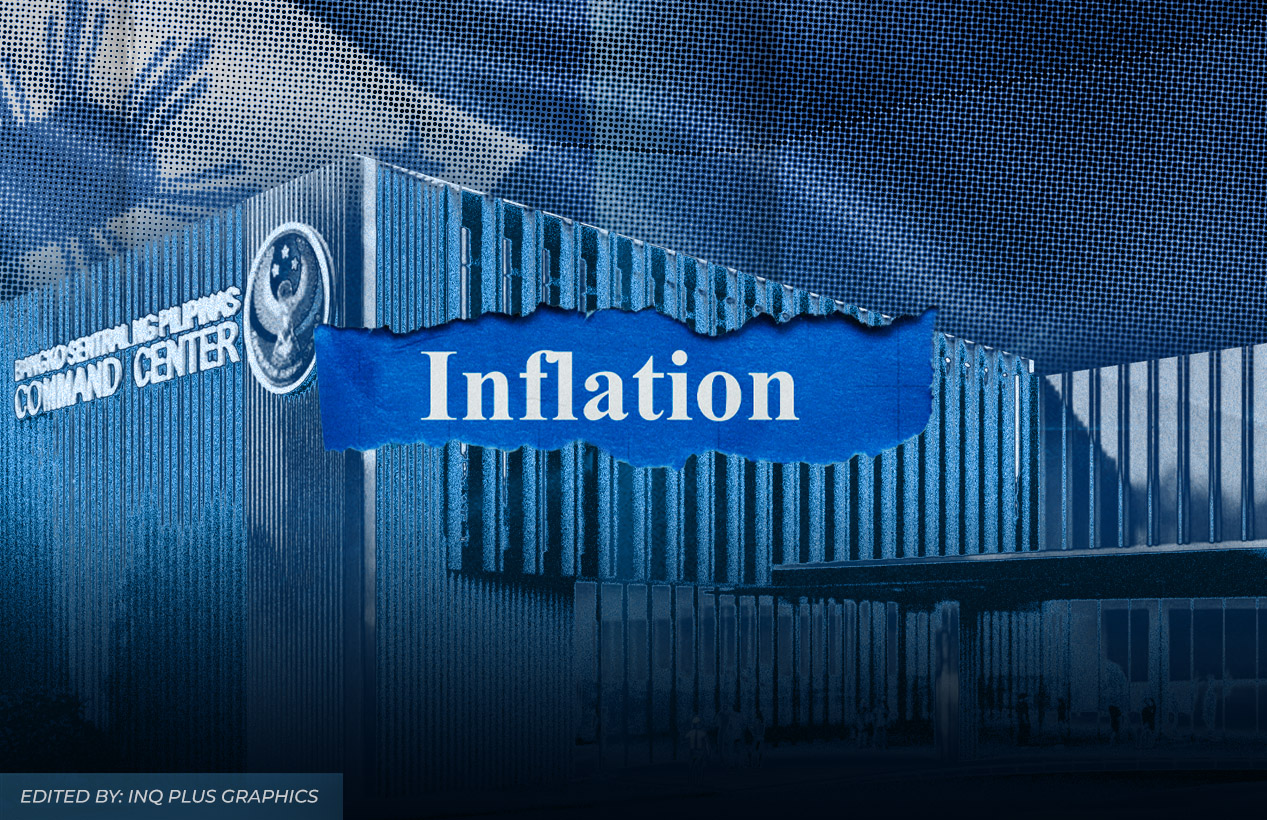
Storm damage and an import freeze on rice may have pushed up inflation to a seven-month high in September, though price growth likely stayed within the central bank’s target.
The consumer price index may have sped up to 2 percent based on the median estimate of 14 economists polled by the Inquirer this week. That would outpace August’s 1.5 percent increase and mark the fastest pace since February, when inflation hit 2.1 percent.
Even so, the estimate fell within the Bangko Sentral ng Pilipinas’ (BSP) forecast range of 1.5 to 2.3 percent for September. Both the consensus and the central bank’s projections suggested inflation would remain within the official 2 to 4 percent target band.
Nicholas Mapa, chief economist at Metrobank, said heavy rains and crop damage from recent storms appear to have nudged inflation to 2.5 percent last month, the highest estimate among the analysts in the survey.
“We expect a pickup in inflation. Upside pressure: vegetables and fish post the spate of storms. Downside pressure: electricity prices,” Mapa said.
“Pump prices also could be a source of downside pressure but to a lesser extent as gasoline and diesel costs increased on a m-o-m (month-on-month) basis, tracking global markets,” he added.
Jun Neri, lead economist at Bank of the Philippine Islands, estimated September inflation at 1.9 percent. He flagged “rising rice costs” as a major driver, citing the government’s suspension of grain imports.
Still, he noted that “lower electricity rates, relatively cheaper vegetables and softer oil prices” were helping offset pressures. He also pointed to an influx of inexpensive Chinese exports avoiding higher US tariffs, which may continue to temper prices in the months ahead.
“Looking ahead, inflation risks are skewed to the upside as favorable rice base effects fade, with the extension of the import suspension through year-end adding pressure,” Neri said.
“Nonetheless, we still project inflation to staying at 2 percent level through December, but could climb above 3 percent in the first half of next year due to base effects and potential supply shocks from possible supply-chain disruptions linked to Trump’s tariffs,” he added.
The stretch of subdued price gains could influence the central bank’s next policy steps. Last August, the BSP trimmed its benchmark rate by a quarter point to 5 percent—a level Governor Eli Remolona Jr. described as “Goldilocks”, neither too low to fuel inflation nor too high to choke economic growth.
Market observers said the BSP’s easing cycle was close to running its course. But Remolona kept options open, signaling the Monetary Board could consider another reduction at its October or December meetings if demand shows signs of weakening.
Sarah Tan, economist at Moody’s, said the BSP may hit the pause button at its meeting on Oct. 9, citing the need to assess how the earlier rate cuts have flowed through the economy, particularly their impact on domestic demand and lending activity.




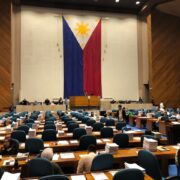









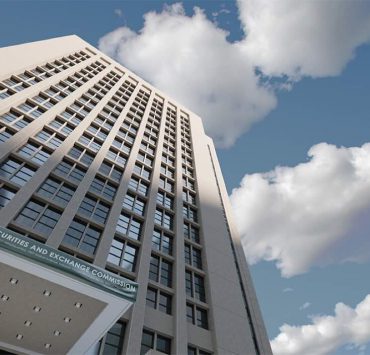
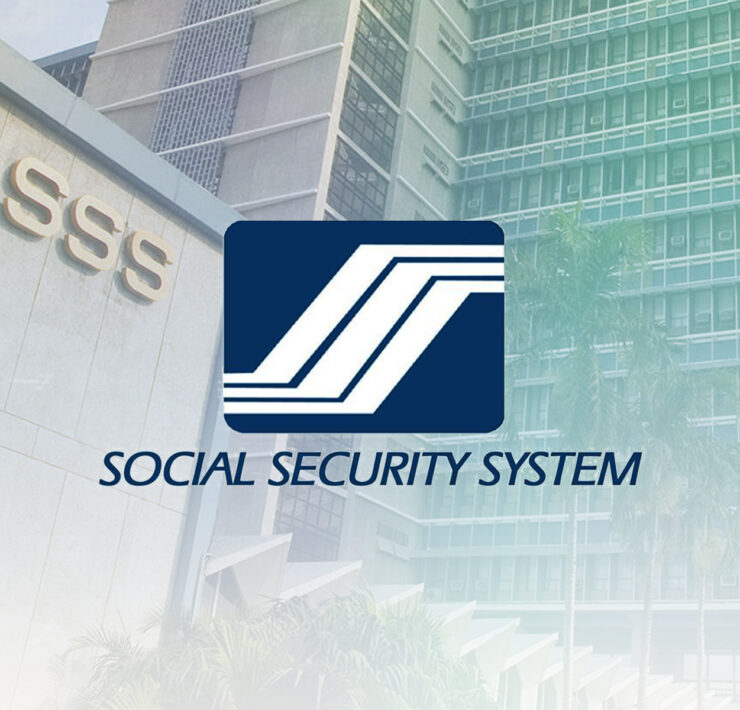
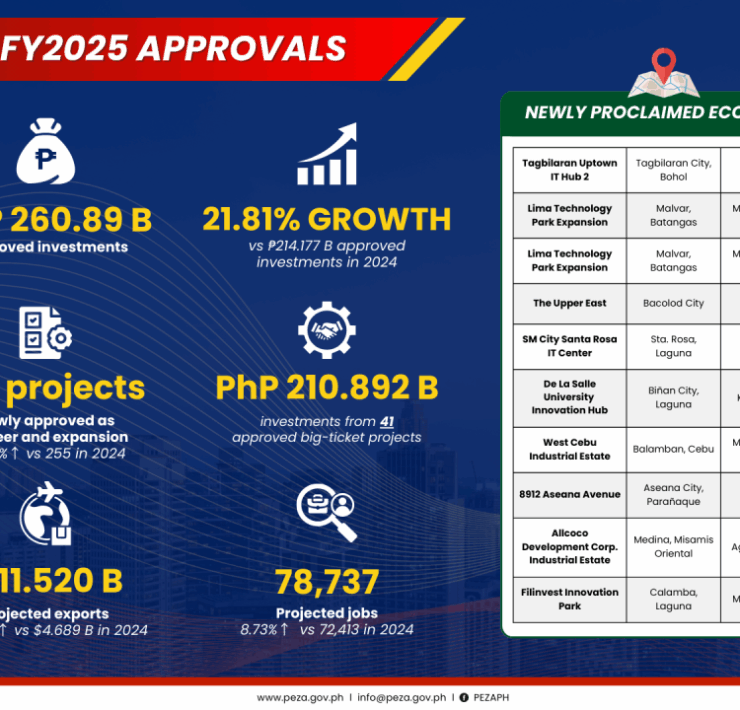

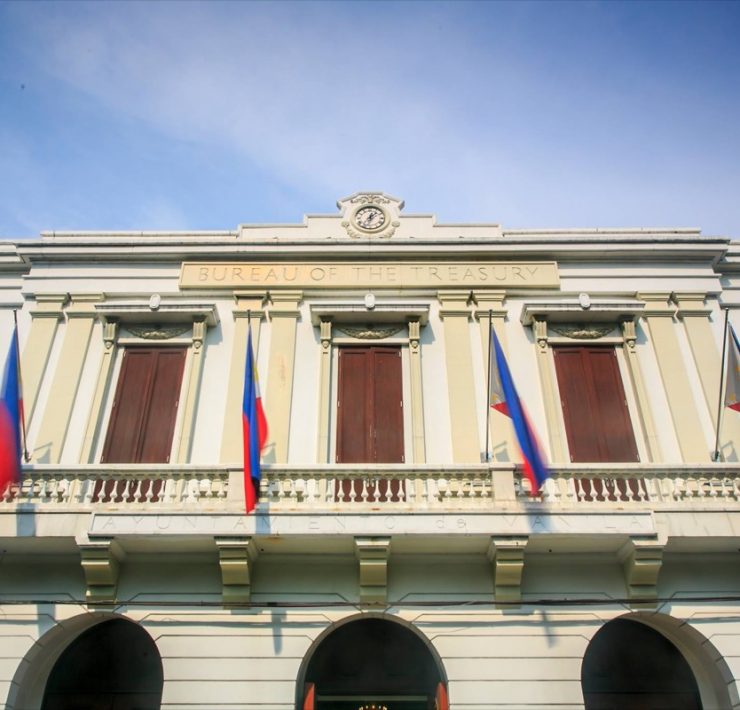


Rice safeguards needed for survival